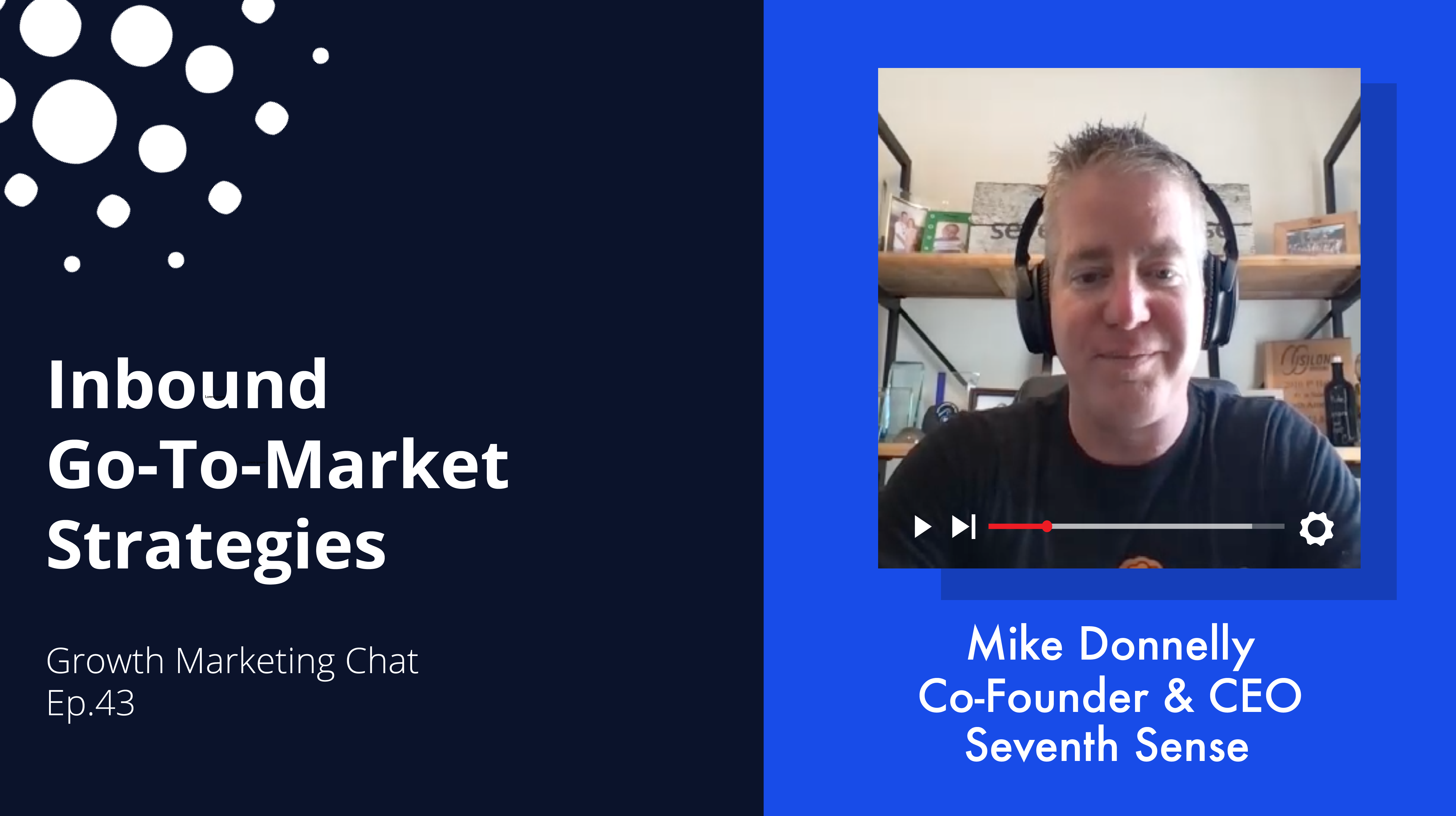Consider the following facts:
- Aligning commercial functions’ is Sales leaders’ top priority for 2023.1
- Companies where sales and marketing are aligned hit 20% annual revenue growth.2
- 87% of words sales and marketing teams use to describe each other are negative.3
Anybody notice a theme?...
No matter how clear the benefits of alignment are, there are often deep rooted points of friction between sales and marketing.
Convincing these teams to work towards shared goals is more complicated than changing their incentives, because they speak different languages.
Marketing often sees sales as a customer, not a collaborator; Sales sees marketing as a vendor, not a value-adder; and moving beyond those perspectives requires a clear, comprehensive and binding agreement.
That is what a sales and marketing Service Level Agreement (SLA) provides, and in this article I’m going to explain exactly how they work - and how you can create and implement an SLA that will drive more reliable revenue.
What is a Marketing and Sales SLA?
A Service Level Agreement (SLA) is a contract that creates shared expectations and definitions between two parties. For sales and marketing, this means laying out each department's responsibilities to the other, and how they will serve the company’s larger revenue goals.
An SLA should establish:
- A series of shared targets
- The deliverables that each team is responsible for
- Clear definitions of key terms
- Communication channels to be used
This will typically be drafted by representatives from each department (often supported by a RevOps team). As a result, both parties gain clarity and confidence that they will have the support needed to execute their tasks effectively.
Four Factors that Makes a Great Marketing and Sales SLA
1. Clear Definitions
Whenever a metric becomes a target, it alters people’s behavior - even if they don’t realize it. Marketing may commit to delivering ‘50 qualified leads per month’, but this only works if you have a concrete shared definition of what a ‘qualified lead’ actually is.
Without that shared definition, the quality of leads is likely to suffer. Marketing may unconsciously lower their standards, as they want to hit their quotas. As a result, sales will receive leads that are not worth contacting - wasting their time. This will make relations between the departments more difficult, which is exactly the opposite of RevOp’s purpose.
The best way to avoid this sort of error is through rigorous, mutually agreed upon definitions that allow as little wiggle room as possible. Create explicit parameters about what constitutes a qualified lead; what is required for a lead to move through each Lifecycle Stage; and what is expected of each lead.
2. Built-in Collaboration
Another problem for sales and marketing alignment is accountability. Many leads slip through the cracks simply because the rep responsible for their territory is not available when the lead comes in. But oftentimes, nobody on the team is designated as a back up to be directly responsible for ensuring the lead is contacted, which means nobody ends up acting.
Ensure your SLA explicitly stipulates that leads must be contacted - regardless of the territory management strategy in place. The lead doesn’t care who is calling them - they just want to hear from someone. Leverage automation in your CRM to pass the lead on to a different sales rep if the original assigned rep cannot reach out within a certain amount of time.
3. Segmented Protocols
Your SLA should feature a fixed protocol for responding to leads. Let’s say sales is expected to contact new inbound leads within five minutes. But this is not always going to be an effective strategy, depending on the type of lead you’re dealing with and the way they enter the funnel.
Differentiate between Marketing Qualified Leads (MQLs) and demo request leads, ensuring each has their own protocols within the SLA. A simple example: Leads that requested a demo should be contacted within 5 mins, or 2 hours max; Leads that become MQLs via lead scoring should be contacted within 1 day.
This will ensure sales has a clearer sense of what they are dealing with, and treat each type of lead in the most effective way.
4. Explicit Conversion Expectations
Marketing and sales each rely on the other to convert prospects, but it’s often not clear what is a reasonable volume of conversions to expect. Your SLA should provide an explicit quota of conversions based on your own historic data. If you don’t have enough quality data, use an industry benchmark. (This should, however, be updated over time as you gather more data!)
This does two things: first, it ensures each department is accountable for maintaining adequate performance; second, it helps each department plan resources and create a more reliable, sustainable pipeline.
Three Key Ways to Enforce an SLA
1. Increase Transparency
An SLA can only be enforced if everybody knows what their colleagues are doing. Quotas are only effective if teams can be held to them; goals are only useful if you know whether you’ve hit them; definitions are only worthwhile if they are accessible to all parties.
Create a centralized system where everyone in the organization can see which activities are leading to conversions, how deals are progressing and how individual reps are performing. This should be cross-referenced with the SLA to reveal whether specific goals and quotas are being met. The best way of doing this is through a CRM.
2. Create an Analysis Team
While the entire company should have a top-level view of performance, you also need a more granular analysis of sales and marketing alignment. But this takes up a great deal of time, which is why you need to assign a small team to run this analysis - so everyone else can focus on their immediate priorities.
The team should analyze data across every aspect of sales and marketing activity, so that they know what is going on at all times, they can pinpoint friction or waning performance, and they can act quickly to ensure each department keeps up its side of the SLA.
3. Make Repercussions Clear
Many organizations have never used an SLA before, which means individual reps and marketers may not take it seriously at first. This immediately creates cultural problems, which is why it’s important to put preventative measures in place.
The key is to make the impact of the SLA clear, which means two things:
- Demonstrating that there are repercussions to failing to meet your quotas or act outside of the agreement.
- Showing both departments the data you have to prove how following the SLA terms is producing results
Close the Gap Between Marketing and Sales with ProperExpression
While creating a marketing and sales SLA may appear simple, it is often a very complex process filled with egos, bottlenecks and technical challenges. That’s why so many B2B organizations opt to use a RevOps agency like ProperExpression to facilitate and optimize the process.
With extensive experience uniting sales and marketing functions around a shared revenue goal, we help your organization draft, agree upon and enforce an SLA that helps both functions take their performance to the next level.
1. Gartner.com
2. DNB.com
3. HBR.org







